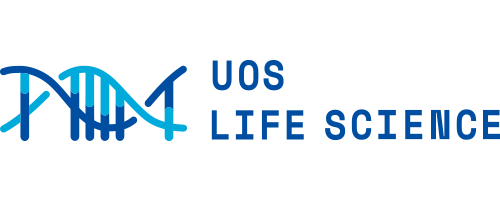[Regular Seminars] 2024학년도 2학기 생명과학과 3차 세미나
- -Speaker : 이준용 교수
- -Topic : T-helper-17 T cells in barrier homeostasis, defense and inflammatory disease
- -Date : 2024.10.28 (월) 10:30 ~
- -Location : 시대융합관-B121호
Attach (2)
- Abstract_이준용.pdf (28.3 KB)
- CV_이준용.pdf (118.8 KB)
T-helper-17 T cells in barrier homeostasis, defense and inflammatory diseases
RORa enforces stability of the T-helper-17 effector program
June-Yong Lee, Ph.D.
Department of Microbiology and Immunology, Yonsei University College of Medicine
Mammalian epithelial barriers, such as the skin, lungs, and gut, interface with the external environment and consequently are exposed to microbial and inflammatory stimuli. Barrier homeostasis hence relies on a delicate balance of immune surveillance and tolerance. Due to such routine insults, the epithelium requires constant surveillance by cells of the immune system. However, uncontrolled immune responses can cause devastating chronic inflammatory disorders. T helper 17 (Th17) cells regulate mucosal barrier defenses, but also promote multiple autoinflammatory diseases. Th17 cells have also been implicated as having important functions in regulating tumor growth, but there is disagreement as to whether they promote (as suggested for colorectal cancers) or retard (as suggested by our preliminary data) it, which may be due to differences in tumor microenvironments. Although the pathogenic activity of these cells is dependent on signals emanating from the innate immune system, such as IL-23 and serum amyloid A (SAA) proteins, the transcriptional programs that sustain Th17 cells in vivo remain obscure. Our recent work indicates that RORa governs optimal Th17 responses in peripheral tissues. Thus, the absence of RORa in T cells led to significant reductions in both RORgt expression and effector function amongst Th17 cells, due to need for cooperative RORa and RORgt binding to a newly-identified Rorc enhancer element that is essential for Th17 lineage maintenance in vivo. Altogether, these data point to a non-redundant role of RORa in Th17 lineage maintenance via reinforcement of the RORgt transcriptional program.
Attach (2)
- Abstract_이준용.pdf (28.3 KB)
- CV_이준용.pdf (118.8 KB)


